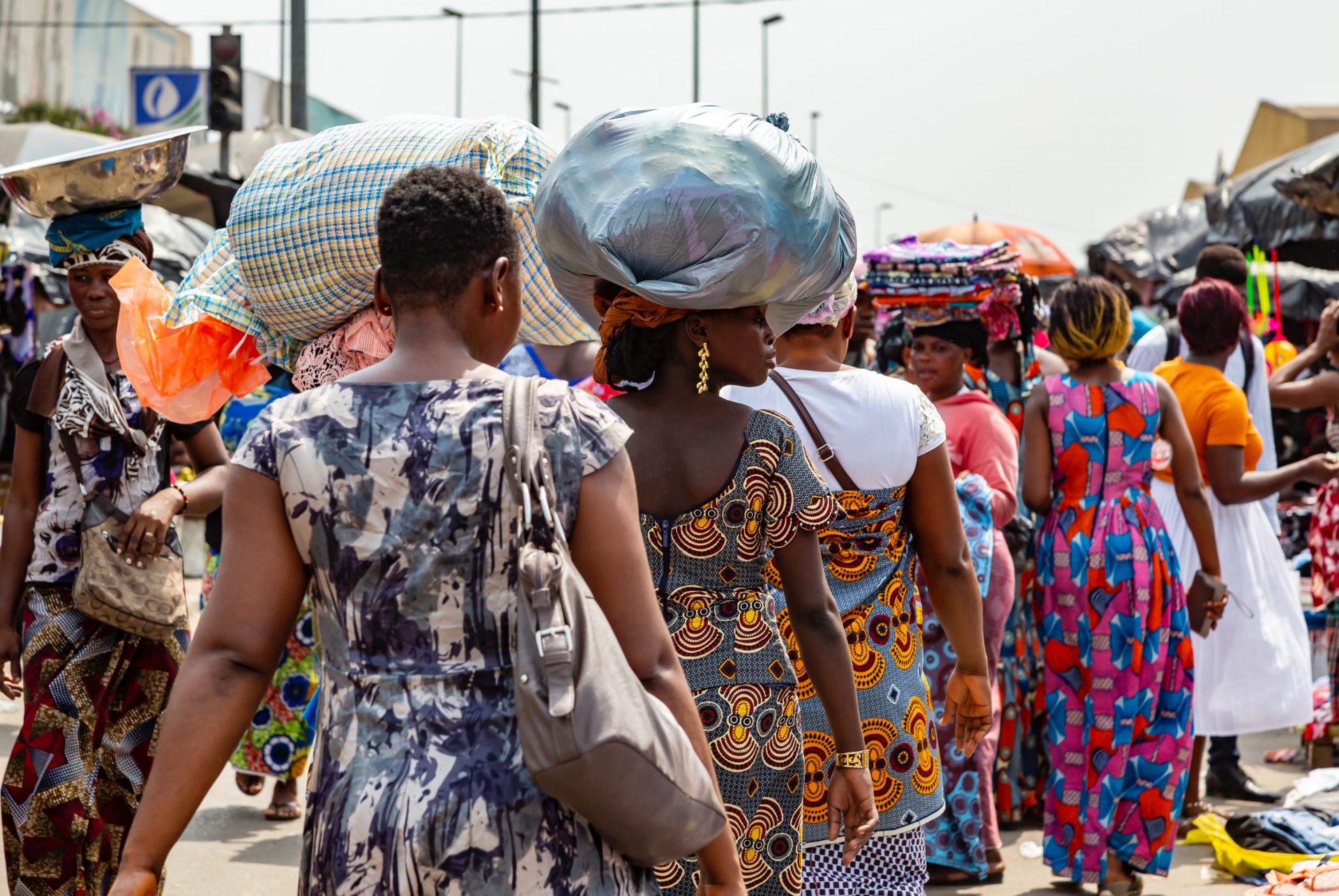- This systematic review assessed quantitative evidence of gender-related differences in barriers and delays that limit access to tuberculosis (TB) diagnostic and treatment services, which have been recognised as important for efficient TB control
- It identified that many studies found no quantitative gender-related differences. However, when differences were reported, more studies found that women experienced greater barriers and longer delays than men at both the individual and health care provider/system level.
- The review also identified several specific individual-level barriers – namely financial, stigma, and health literacy barriers – that may provide opportunities for gender-specific interventions to be integrated into current and future TB service strategies
Overall, the review identified several critical gender-related research gaps: 1) Data on barriers and delays at the provider/system levels; 2) study populations that include people with suspected TB who have not presented for care; 3) in-depth analyses of access to TB services for each step along the diagnostic and treatment continuum; 4) studies purposefully designed for gender analysis; and 5) standardised research tools to systematically collect and compare gender-related sociocultural variables across studies, which may help to identify both common and unique gender-related barriers.

Health providers and health systems may compound individual-level and community-level disparities by failing to recognise that gender-based differences exist or by failing to acknowledge the need for corrective interventions.
Regarding financial barriers, the role as primary income earner in many households prevented men from leaving work to access TB services. This could be addressed by providing more flexible hours and locations for services. For women, financial dependence on spouses and families limited their access to TB services, which may be compounded by social norms that deprioritise women’s health care needs within the household. Because maternal health is prioritised by some families, integrating TB services with maternal health care may facilitate women’s improved access.
Regarding stigma, women were fearful of having a TB diagnosis disclosed to their spouse, family, or community and, when gender-related differences were found in studies, they experienced greater stigma than men. In addition to generating negative mental and social consequences, TB-related stigma may also serve as a financial barrier for women who depend on spouses and family for support and are faced with rejection.
This is particularly beneficial for women in rural areas, as studies revealed large gender disparities in TB-related health literacy in rural settings. Additional research, particularly qualitative studies, should be conducted to examine the combined effects of low literacy and poverty, as well as marital status and age, on TB-related health care seeking and access to services among women.
As with individual-level barriers, when gender disparities were reported in studies, women were more likely to face barriers and delays at the provider/system level to accessing TB services than men. Such barriers and delays can be minimised by acknowledging and planning for the different needs of men and women and unique barriers they face when designing and providing health services.

- Wei-Teng Yang, Tokunbo Akande, Johns Hopkins, Aditya Chandrasekhar, Alan de Lima Pereira, Amita Gupta, Bloomberg School of Public Health, Baltimore, MD 21205, USA
- Celine R. Gounder, Katherine N. McIntire, Amita Gupta, Department of Medicine, Johns Hopkins University School of Medicine, Baltimore, MD 21287, USA
- Jan-Walter De Neve, Harvard School of Public Health, Boston, MA 02115, USA
- Naveen Gummadi, Narayana Hrudayalaya Hospital, Hyderabad 500055, India
- Santanu Samanta, All India Institute of Medical Sciences, New Delhi 110029, India
- Amita Gupta, Center for Clinical Global Health Education, 600 North Wolfe Street, Phipps 540B, Baltimore, MD 21287, USA




